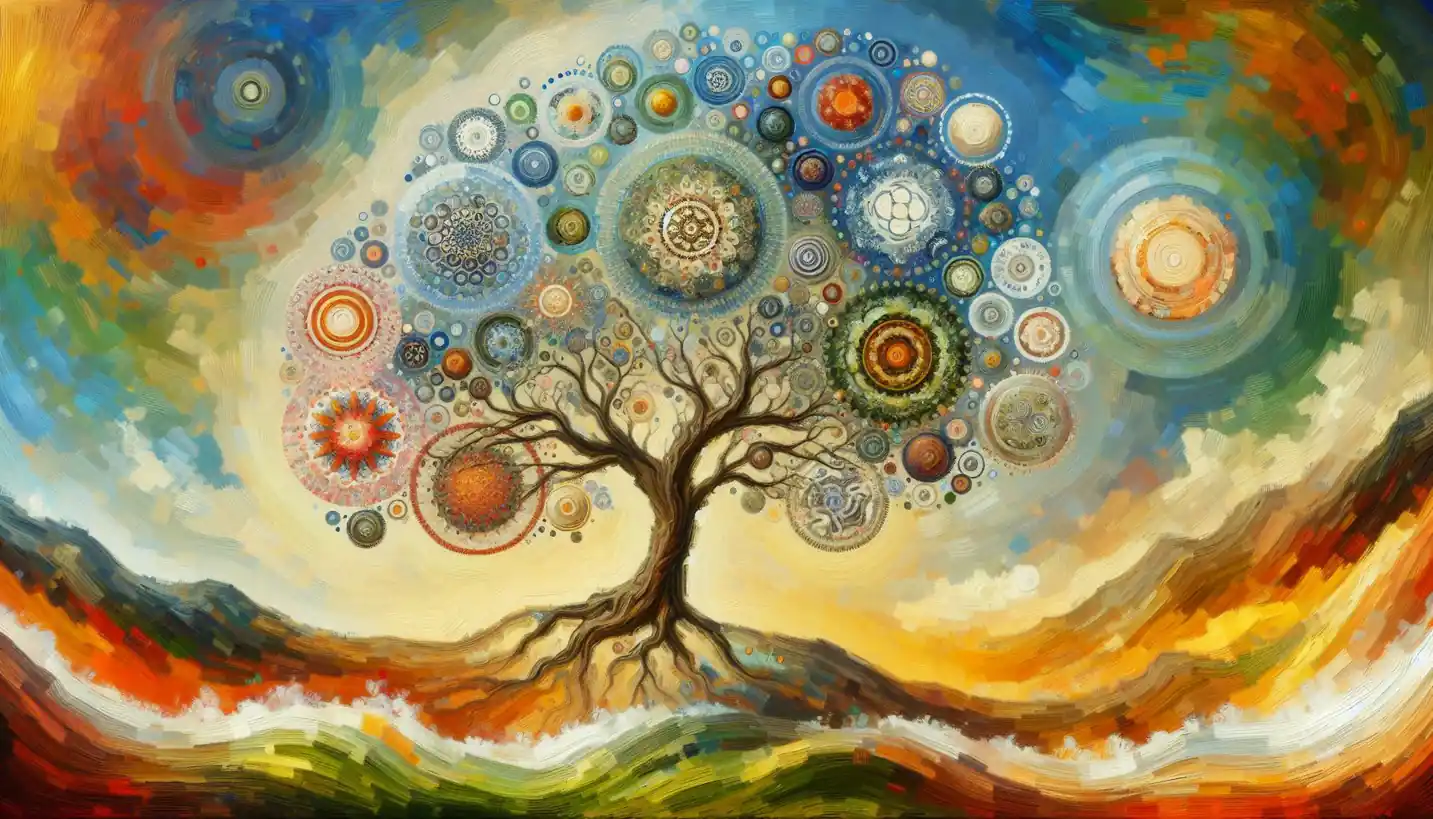· Biology · 4 min read
Biotic Factors: The Living Puzzle Pieces of Ecology
Biotic factors involve interactions among living organisms in an ecosystem. Explore how these relationships impact communities and ecological balance.

When we wander through a lush forest or stroll by a bustling river, there’s an invisible web of interactions happening all around us. These interactions, driven by living organisms, are what ecologists refer to as “biotic factors.” They play a crucial role in shaping the world as we know it, influencing everything from the air we breathe to the food we eat.
Understanding Biotic Factors
Biotic factors are the living components of an ecosystem. Think of them as the main actors in a play, each with a unique role. These include plants, animals, fungi, and microorganisms like bacteria and viruses. Unlike non-living, or abiotic factors, such as sunlight and soil, biotic factors are all about life and interactions.
Why Are Biotic Factors Important?
You might wonder why these living aspects matter so much. Well, they are essential for the survival and maintenance of ecosystems. For instance, plants, through photosynthesis, produce oxygen—a gas vital for most life forms. Animals, on their part, participate in various ways, including pollination, seed dispersal, and decomposition.
The Dance of Life: Interactions
In any ecosystem, living organisms don’t just exist in isolation. They interact in complex and fascinating ways. Consider bees and flowers. Bees buzz around collecting nectar, and in return, they pollinate the flowers, enabling them to reproduce. It’s a win-win situation, known scientifically as mutualism.
But not all interactions are friendly. Predation, where a predator hunts and eats its prey, is a common occurrence. Imagine a lion on the plains of Africa, tracking down a zebra—it’s a dramatic interaction that plays a crucial role in regulating populations and maintaining a balance in the ecosystem.
Competition: The Struggle for Survival
In every ecosystem, resources like food, water, and space are limited. This scarcity leads to competition. Animals like wolves might compete over territory, while plants might battle for sunlight. This competition helps determine which species thrive and which ones struggle.
Biotic Interactions Shaping Evolution
Biotic factors are not just about immediate life processes; they also drive evolution. Take the classic example of the peppered moth in England. During the industrial revolution, soot blackened trees, making dark-colored moths less visible to predators than their light-colored counterparts. As a result, the population of dark moths increased—a nifty example of natural selection in action.
Humans as Biotic Factors
Often, we don’t think of ourselves as part of these ecological puzzles, but humans are significant biotic factors. Through agriculture, urbanization, and even pollution, we impact ecosystems worldwide. Consider the introduction of non-native species—this can lead to unforeseen consequences, disrupting established ecological networks.
The Intricacies of Food Chains
Food chains offer a straightforward way to visualize biotic interactions. At the base are producers—plants and algae that make their own food. Next come consumers: herbivores munch on plants, carnivores feast on other animals, and omnivores enjoy a bit of both. Finally, decomposers like fungi and bacteria clean up, breaking down dead matter. Each step in the chain represents a transfer of energy and nutrients, showing just how interconnected life is.
The Role of Microorganisms
While it’s easy to notice plants and animals, microorganisms often go unnoticed. Yet, they are pivotal. Bacteria in the soil break down waste, recycling it into nutrients that fuel plant growth. Some microorganisms even help animals with digestion, such as the bacteria in a cow’s stomach that aid in breaking down tough plant material.
Ecosystem Engineers
Certain species, known as ecosystem engineers, dramatically alter their environments, creating new habitats and opportunities for other organisms. Beavers, for instance, build dams that transform flowing streams into ponds, providing homes for fish and birds.
Such changes highlight the dynamic nature of ecosystems and remind us of the importance of considering all living components, no matter how seemingly insignificant.
Climate Change and Biotic Factors
As our planet warms, biotic factors face new challenges. Many species must adapt to changing temperatures and weather patterns. Birds, for instance, might alter migratory routes, while some plants might flower earlier than usual. These shifts affect entire ecosystems, demonstrating the intricate dance of life.
Curiosity and the Future
Thinking about biotic factors often leads to intriguing questions about our natural world. How do these interactions change over time? How resilient are ecosystems in the face of disturbance? As researchers delve deeper into these topics, new discoveries await, igniting curiosity and encouraging conservation efforts.
By understanding and appreciating biotic factors, we can better steward our planet, ensuring that future generations will continue to marvel at the wonders of nature. So next time you’re outdoors, take a moment to observe the living, interactive web around you—it’s both a testament to life’s complexity and a reminder of our place within it.



